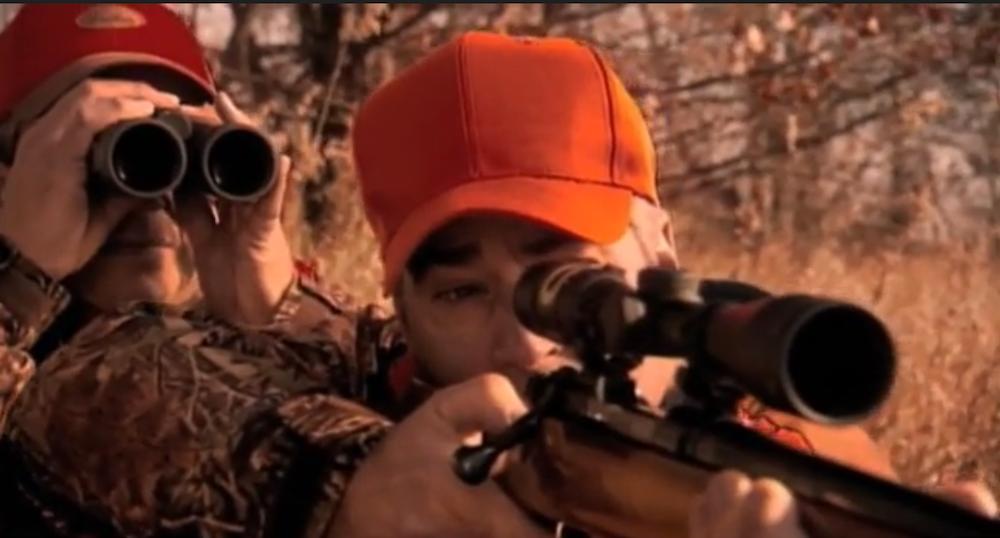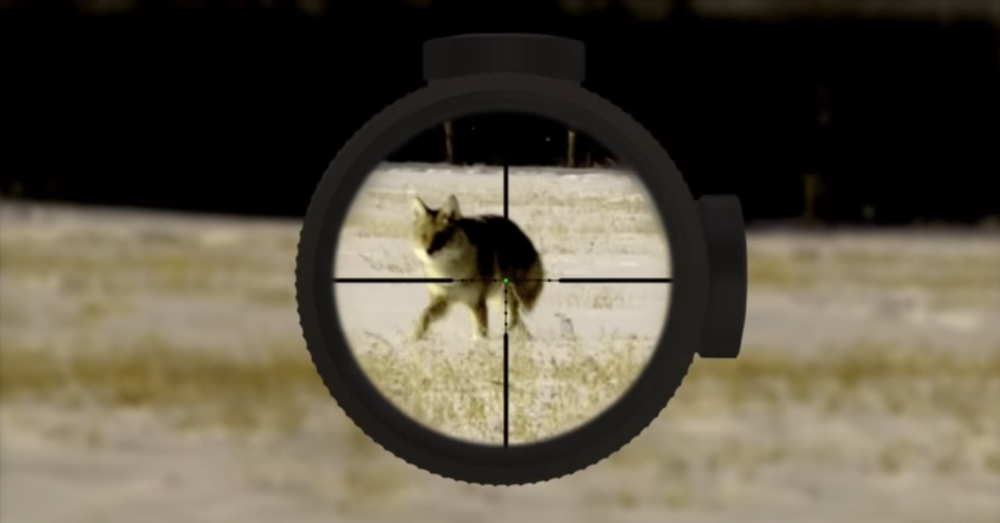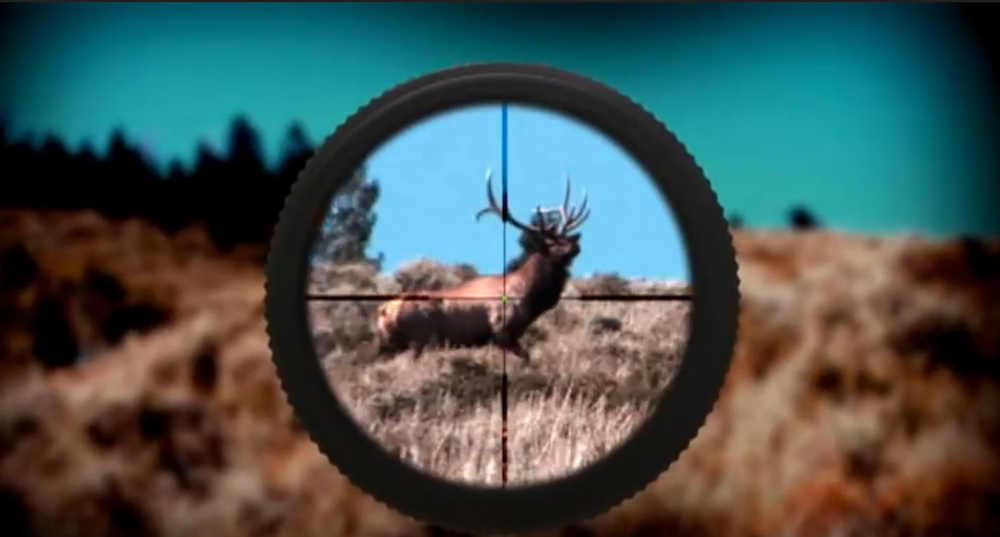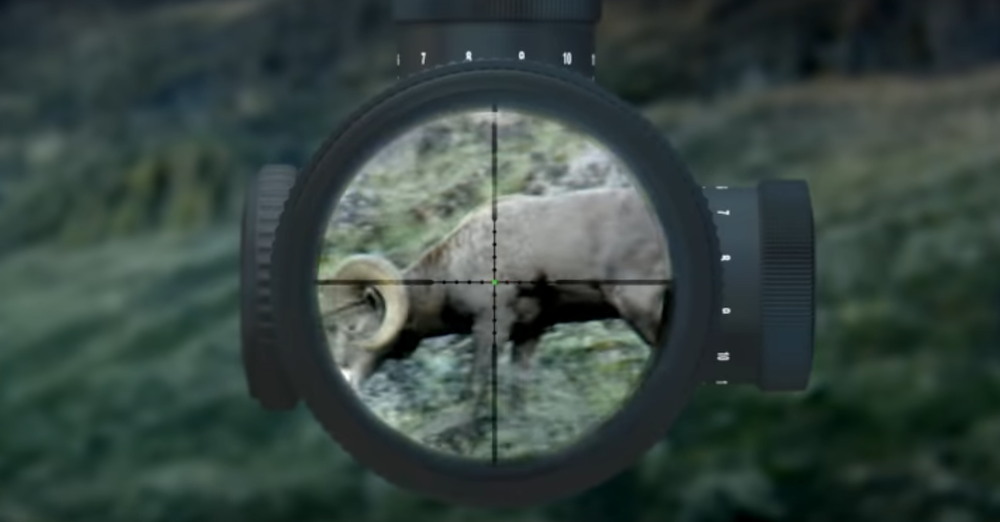
Shooting a moving target is easier said than done. The concepts are simple. You either follow a target with your sights or you let the target walk into your sights. Where it gets difficult, though, is mastering the technique and timing to effectively hit your target. This article will give further insight into the concepts and challenges of shooting a moving target.
Ways to Shoot a Moving Target
Across all shooting disciplines — rifle, shotgun, handgun, bow, crossbow, et cetera — there are two main methods for engaging a moving target. You can also apply them to any shooting application like hunting, defense, or target shooting. These include the tracking method and the ambush method.
To define these methods, I’ll refer to training materials published by the Marine Corps, a military organization that prides itself on its marksmanship training and capabilities.
- Tracking – The tracking method is when you follow your target with your sights. You do this one of two ways. You either aim directly at your target or just ahead of it.
- Ambush – The ambush method is when you keep your sights fixed on a spot and wait for your target to walk into your point-of-aim.
There’s a third method that’s often used in reference to competitive shotgun shooting like skeet or clays, or bird hunting. It’s called the swing-through method. It’s when you swing your shotgun along with the target until you’re ahead of it.
When to Apply the Methods

Tracking a coyote in the field.
While these methods are easy to understand and relatively self-explanatory, which one you should use depends on your range and how your target moves. In turn, the Marines also identify two types of targets: a steady-moving target, and a stop-and-go target. Both of which are self-explanatory.
According to the training materials, the ambush method is better suited for a stop-and-go target because the target’s pattern of movement is less predictable. Inversely, you can track a steady-moving target because the target’s movement pattern is more predictable.
But then there are still questions about when to track the target directly or just ahead it. The answer depends on the range and speed of your steady-moving target.
When to Track a Target Directly
The Marines train their rifleman to track a target directly when the target is moving slowly at a relatively short range. These conditions include:
- When a target walks slowly or quickly at about 50 yards
- And, when a target walks slowly at about 100 yards
When to Track Ahead of the Target
Tracking ahead of the target is more complicated because you have to consider the time it takes for the bullet to travel down range and the speed in which your target is moving.
For instructional purposes, they use two hasty measurements to describe distance for lead time. The first is called leading edge, which means the edge of the target, or about half a body width, and the second is body width.

Applying the tracking method to trotting game.
In general, you should track your target with a leading edge if it’s moving slowly and then widen the gap the faster it moves. Another way to put it, if you’re tracking a slow-moving or trotting target, you should increase your lead by about half a body width every 50 yards. For example, you’ll need a:
- Leading edge at 50 yards
- One body-width at 100 yards
- Two body-widths at 200 yards
Why Practice Shooting at Moving Targets
Whether you’re shooting a stationary target or a moving target, the principles are the same, according to Jessie Harrison, a world champion professional shooter whose career accomplishments span two decades.
“Shooting at moving targets, besides being fun and requiring a lot of practice, can vastly improve your skills at shooting stationary targets,” Harrison said, and explained that as a training exercise shooting a moving target will sharpen your skills as well as your reaction time.
According to Harrison, it takes a quarter of a second for an average person to respond to a visual stimulus and about 0.17 seconds to respond to an audio stimulus. “Practicing any of these moving target methods will significantly improve your overall shooting proficiency,” she said.
However, there’s no instruction or great piece of advice to give to teach you how to shoot a moving target. It’s really a matter of practice.
Should You Shoot at a Moving Target?
Whenever you shoot at a living creature, you will face ethical questions about whether or not you made the right decision. Obviously, self-defense scenarios will merit more scrutiny than matters of hunting, but hunting is a much likelier scenario.

Applying the ambush method to a stop-and-go target.
When you’re on the hunt, you generally want to kill your target with as few shots as possible. There’s a righteous reason, a practical reason, and a combination of the two.
- First, you don’t want the animal to suffer unnecessarily.
- Second, you want to be an effective and efficient sportsman.
- Lastly, you don’t want a dying animal to get away from you.
Professional hunter and outdoor writer Craig Boddington said in an article about shooting running game that he doesn’t advocate it, but he’s also not against it.
“Taking a shot is always a judgment call based on your confidence — in that split-second when the trigger breaks — that you know what you must do and do it to the best of your ability,” he said. “This applies whether the animal is moving or standing still.”
Even if you are comfortable and confident enough to shoot a moving or running animal, you should still familiarize yourself with your local and state hunting guidelines and rules.
Parting Shots
There’s a lot about shooting at moving targets that’s self-explanatory, but the practice is far from simple. Despite that, shooting at moving targets in a training scenario will help improve your marksmanship skills on static ranges and in other practical scenarios. What other advice do you have for shooting at a moving target? Share in the comments below.
- Project ChildSafe: Distributing Gun Safety Locks Since 1999 - October 7, 2021
- Understanding Different Types Of Triggers & How They Work - August 24, 2021
- How To Draw A Pistol From A Holster Step-By-Step (Video) - August 24, 2021
Related Posts
« Long Range Shooting Tips: Understanding the Rifle, Scope & Skills What Makes Tactical Pants Different from Regular Pants? »



